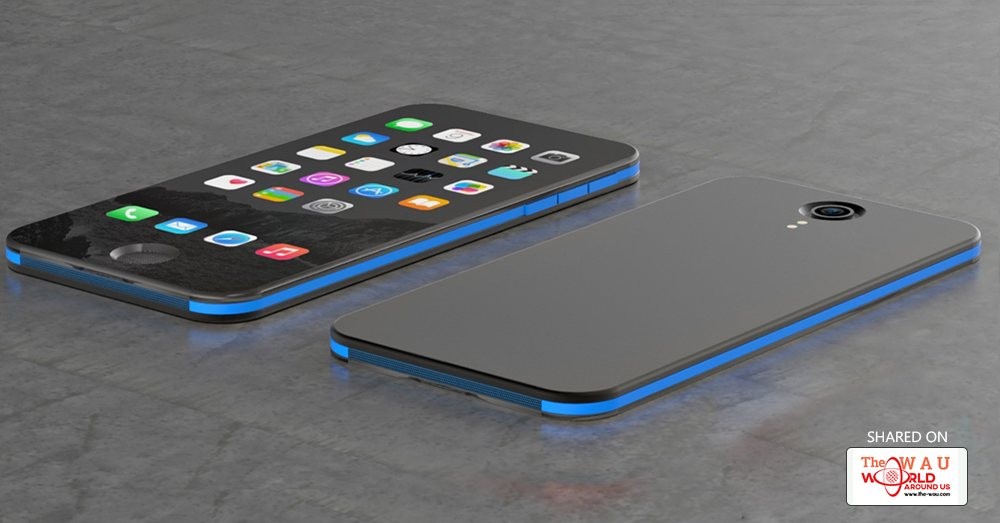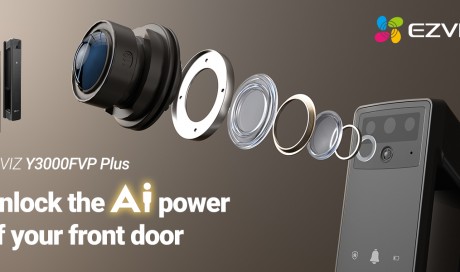As Apple’s traditional rival launches its latest flagship device, Tim Cook and his team continue to prepare the presumptively named iPhone 8 for a release later in 2017. The timing might hand Samsung’s Galaxy S8 an advantage in terms of being first to market, but it means that Apple has a chance to improve on some of the S8’s solutions to basic smartphone elements, such as the removal of the physical home key.

Although this will be the first iPhone to remove the dedicated home button from the bottom bezel, this innovation from Apple is one that is well used throughout the Android ecosystem. It has typically been seen as a move to keep costs down in the mid- to low-range handsets where software can replicate the buttons on-screen. It has become a popular option in the more expensive handsets, and today say Samsung make the same decision on the Galaxy S8 and S8 Plus as it moved towards an on-screen home button.
On one hand, Apple is going to be seen (once more) being late to the party and following the same trend as the rest of the industry when it removes the home button from the iPhone. On the other hand Apple is looking to solve a particular pain point that weakens the user interaction model, at least for its own community fans.
A cursory examination of the Galaxy S8 shows that the fingerprint sensor for Samsung’s flagship has been controversially moved away from the front of the device to an area beside the camera lens on the rear. While this is a solution many manufacturers have followed, it does feel a touch ungainly and requires a certain amount of flex in the average non-dominant hand to reach the sensor.
Apple may be behind the curve in some design cues, but it has a far more elegant idea for biometric security in the iPhone 8.

This year’s flagship is expected to use a different style of TouchID sensor altogether. A patent spotted by 9to5Mac talks about the use of ‘discrete ultrasonic transducers’. While the obvious placement is in a physical button assembly, the patent also details techniques that would allow the sensor to be placed under a display. Which would be perfect way for Tim Cook and his to both follow a trend, add a bit of magic, and no doubt light up the buzzword bingo cards and talk about fingerprint unlocking “in a way that only Apple can do.”
Share This Post













